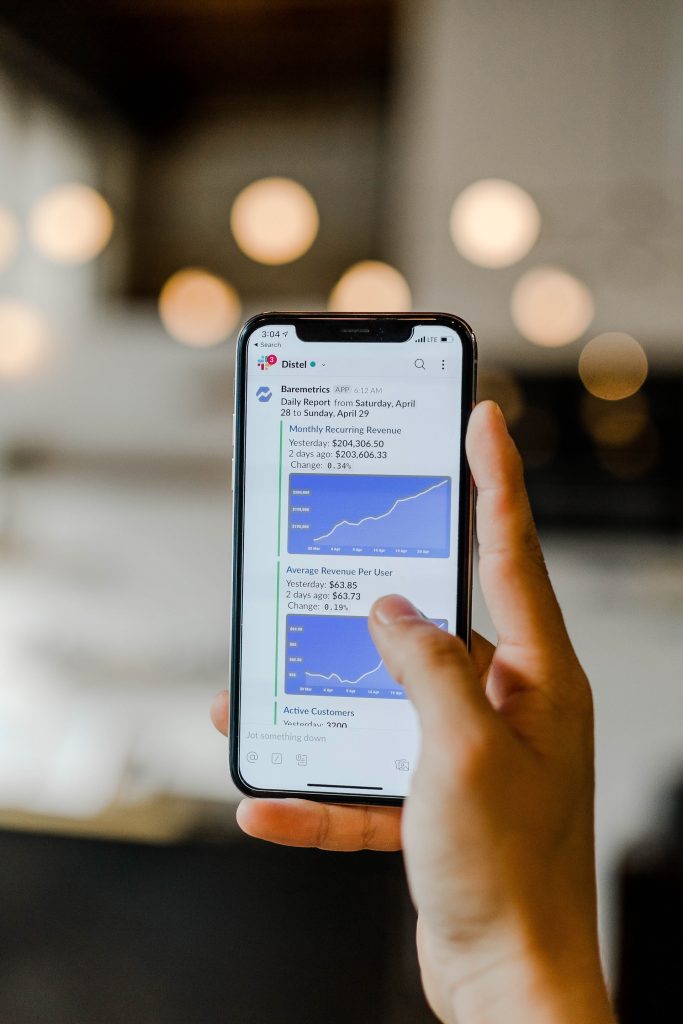A B2B company’s profitability and revenue growth are critical to its survival. Both depend on sales. It’s imperative to constantly improve sales performance if your team is to do its part in ensuring a future for your company.
Sales performance is the measurement of sales activity and corresponding results against the goals and expectations outlined in a sales plan. Sales performance measures the ability of your sales team to be effective at selling.
5 Keys to Delivering Strong Sales Performance
Let’s take a look at several proven strategies to drive sales performance.
1. Create sales content that compels prospects to become customers
There are two types of sales content: external and internal. You’re probably aware of internal sales content that educates and equips sales teams with knowledge, strategies, and tools to close more deals or improve sales success.
External sales content is the product or brand-specific content that compels prospects to buy from you. Unlike marketing content that draws prospects in, sales content should help you close the deal. Support your external sales content with hard evidence, statistics, and testimonies to convince prospects that your brand suits their business interests.
Your external sales content should provide prospects with the information they need to commit themselves to purchase. Use simple graphics that include facts and figures about your brand or product, personal testimonials, case studies, or product comparisons as part of your external sales content strategy.
Be sure to effectively distribute your external sales content to ensure it reaches the right audience and secures you a strong ROI. Use a customer-centric content distribution model to touch a wide range of B2B prospects in your target industries. This accelerates your sales pipeline as your content reaches more unique visitors each month. With content distribution services, you get convenient tools to easily measure and track your ROI on content distribution for lead generation and other sales activities.
2. Improve communication for your sales reps as well as customers
Effective communication is a critical link that keeps your sales team intact. Asynchronous communication is a great way to maintain strong communication within a sales team and with prospects or customers.
Remote sales teams use asynchronous communication to effectively communicate with team members working in different locations and time zones. Besides enabling your sales team to communicate with high efficiency and agility, asynchronous communication helps build a resource pool and increases thoughtful communication.
Asynchronous communication adds great value to customer service. It lets the customer decide the pace of the conversation and keeps the conversation transparent and open-ended. Moreover, it doesn’t force the customer to have conversations with you in a specific way. Instead, it allows them to communicate with your brand through different channels and at their leisure.
3. Contact prospects early to increase your chances of closing the deal
The earlier you reach prospects, the better positioned you’ll be to convert them into paying customers. Reaching prospects after they’ve been contacted by your competitor reduces your odds of converting them. It’s difficult to draw prospects in once they’ve committed to your competitor’s brand or product.
With B2B contact data, you can reach the right prospects faster and create an opportunity to close deals first. You can also use other forms of B2B data like intent, firmographic, demographic, and technographic data to gain a deeper understanding of your target audience. Then, you can connect with them at an early stage of their buyer’s journey.
Partner with a B2B data company that pays close attention to their data accuracy and hygiene standards. For example, SalesIntel maintains 95% B2B data accuracy. They ensure that their company and contact data are reverified every 90 days. Furthermore, they offer human-verified B2B data apart from machine-processed data to stay on top of their data reliability game and allow their customers to get the best of both worlds.
4. Equip your sales team with tools that give them the upper hand
Sales tools give your reps and SDRs the advantage of knowing prospects beforehand, streamlining their workflow, and gathering sales intelligence. Sales intelligence plays a vital role in improving sales performance by helping sales teams to see beyond what prospects show or signal during their buyer’s journey. Sales results improve when you gain significant insights into the interests, preferences, buying patterns, or online behavior of prospects.
For example, website visitor intelligence tools, like VisitorIntel, let you know who visits your business website and which company they work for. This analytics-driven tool not only tracks website visitors but also allows you to connect with potential buyers before they fully define their needs. It helps you create targeted sales campaigns and identify net new look-alike prospects, so you know the type of companies visiting your business website.
Sales prospecting tools are also frequently used by sales teams to enhance their performance by reducing prospecting time and quickly finding the right accounts to target. RevDriver, a free Chrome extension, is a sales prospecting tool that enables sales teams to directly contact decision-makers, the C-suite, and other accounts in their target audience. RevDriver users can collect accurate, verified contact, and company data for prospects by visiting their LinkedIn profile or company website.
5. Overcome sales call reluctance with proper training and advice
Sales call reluctance is a serious problem that negatively impacts sales performance. 40% of all veteran sales professionals readily admit to one or more call reluctance episodes severe enough to threaten their continuation in sales. Each month, the average call reluctant salesperson misses out on 15.25 pieces of new business opportunities. Whether or not you come across sales call reluctance in your team, it’s always recommended to train and advise your sales reps and SDRs on tackling the problem.
Help your sales team explore more about your brand and product and how they benefit customers beyond financial or other obvious factors. This will help them effectively deal with rejection. Moreover, they’ll be able to dig deeper into reasons for the rejection so that they could work out a foolproof strategy to win next time. That’s how great salespeople do what average salespeople only think about.
Professional sales coaching, willingness to learn and accept feedback, and seeking timely guidance from sales managers are great ways to overcome sales call reluctance. Additionally, you can ask your sales team to track their progress after each call, remove distractions, avoid negative self-talk, pre-qualify prospects, and affirm their role as a salesperson to cope with call reluctance.
Also, working to guarantee that reps are calling prospects that fit your target demographics and have accurate phone numbers helps reps feel that everything is being done to enable their success. No one wants to fight an uphill battle.
The Wrap
The five strategies discussed in this blog are a few of the right moves you need to boost your sales performance.
As a bonus tip, we suggest seeking support from your marketing team to push your sales growth further. There are ways in which you can actually get more sales out of marketing. Sales and marketing alignment is a classic example of how marketing can significantly contribute to sales performance. Statistics show that it helps achieve 38% higher win rates, retain 36% more customers, and generate 32% higher revenue.











